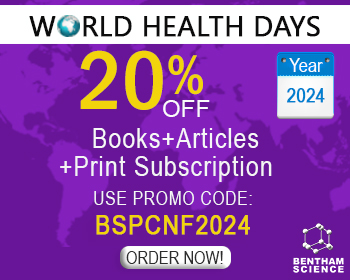Abstract
Because of mutation and natural selection, development of drug resistance to the existing antimalarial is the major problem in malaria treatment. This problem has created an urgent need of novel antimalarial drug targets as well as lead compounds. The important characteristic of malaria is that it shows the phenomenon of balanced polymorphisms. Several traits have been selected in response to disease pressure. Therefore such factors must be explored to understand the pathogenesis of malaria infection in human host. Apicoplast, hub of metabolism is present in Plasmodium falciparum (causative agent of falciparum malaria) having similarities with plant plastid. Among several pathways in apicoplast, Dolichol metabolic pathway is one of the most important pathway and has been known to play role in parasite survival in the human host. In P.falciparum, a phosphorylated derivative of Dolichol participates in biosynthesis of glycoproteins. Several proteins of this pathway play role in post translational modifications of proteins involved in the signal transduction pathways, regulation of DNA replication and cell cycle. This pathway can be used as antimalarial drug target. This report has explored progress towards the study of proteins and inhibitors of Dolichol metabolic pathway. For more comprehensive analysis, the host genetic factors and drug-protein interaction have been covered.
Keywords: Antimalarial drug targets, antimalarial compounds, dolichol, isoprenoids polymorphisms, Plasmodium falciparum.

























